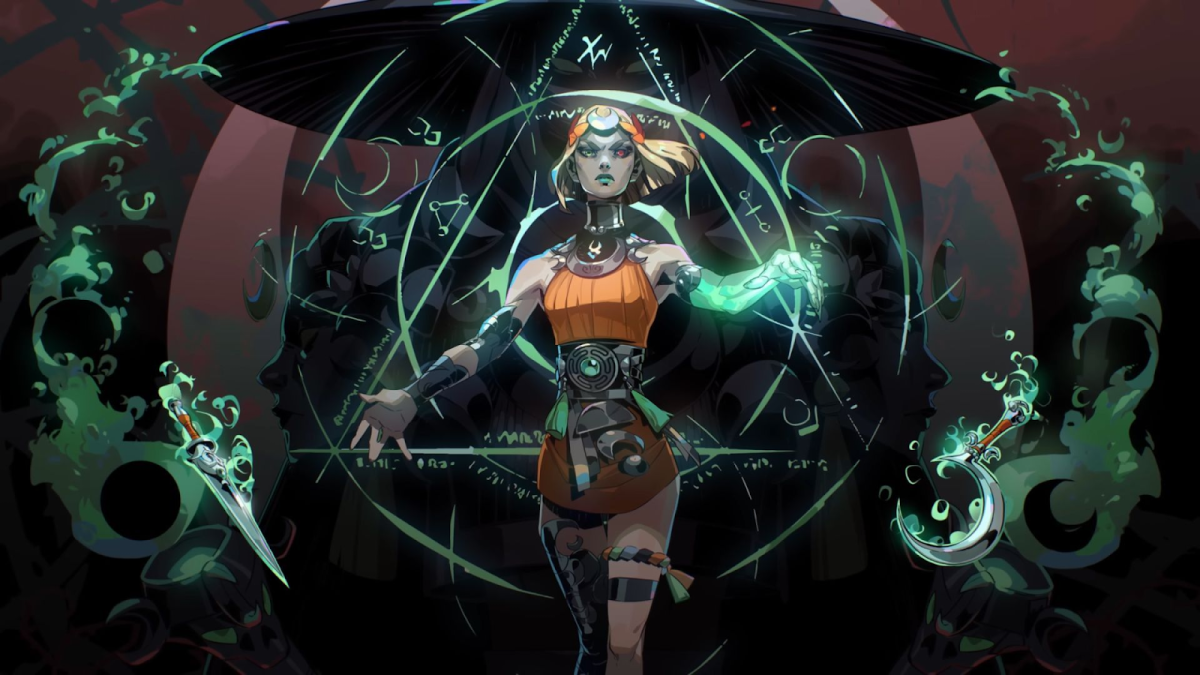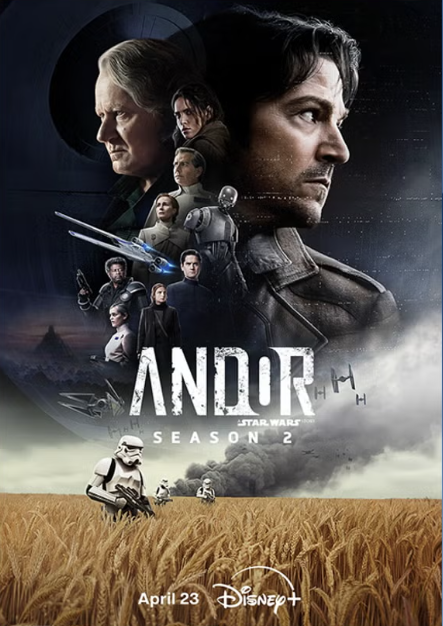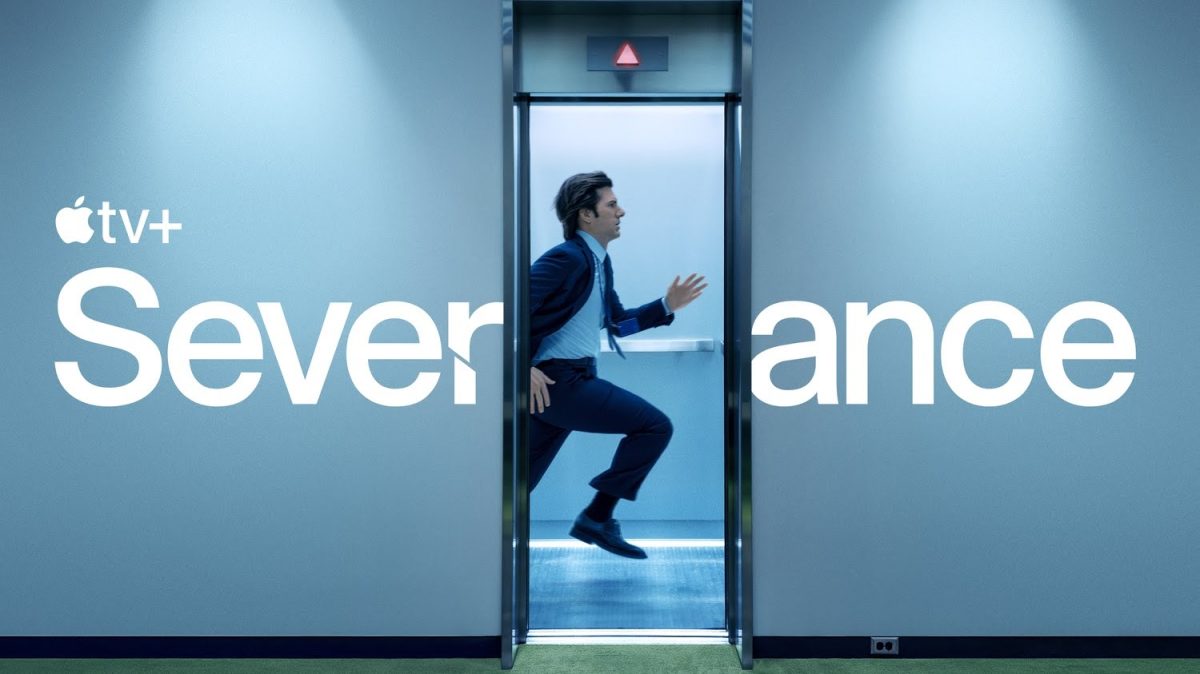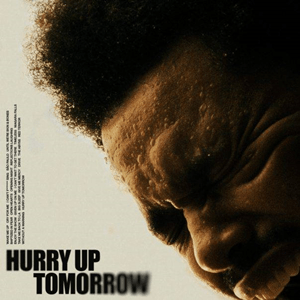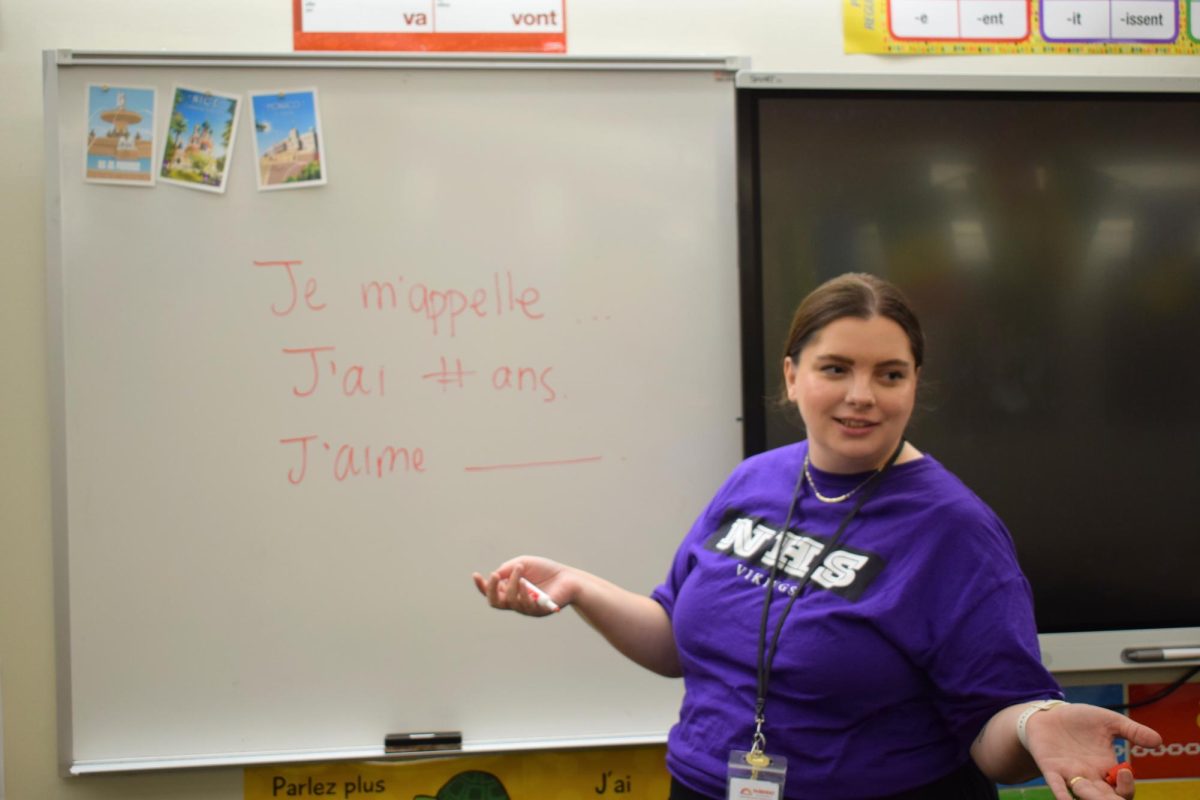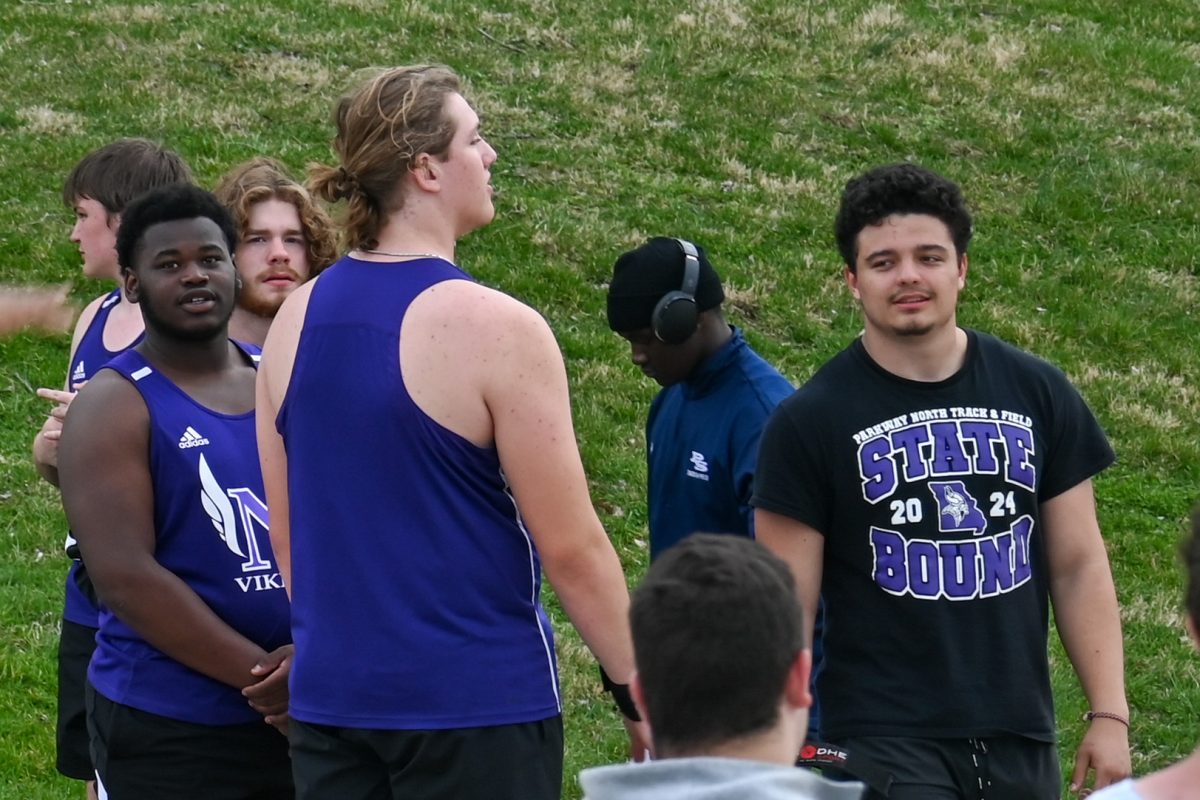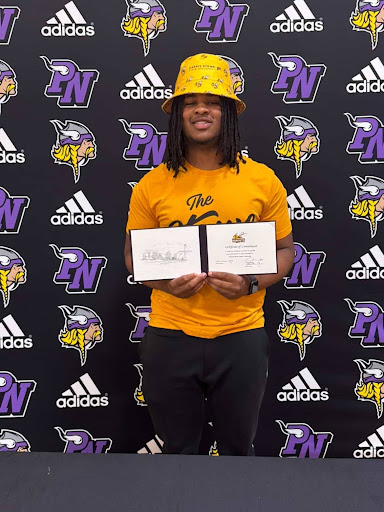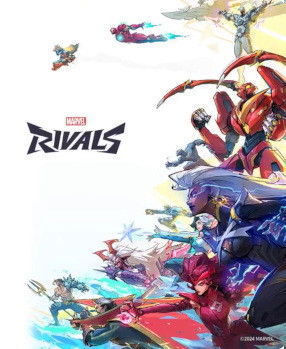
In the last few years, especially following the release of Avengers Endgame, Marvel media has seen a decline in financial success and critical reception; films, tv shows, and video games have all taken a nosedive in quality as far and critics and fans are concerned. In terms of video games, The Marvel’s Avengers game released in 2020 saw poor reception and little financial success for many reasons, and not much else has been released since, besides the Guardians of the Galaxy game, which saw lots of praise, but wasn’t hugely successful.
Announced and developed by Marvel Games as well as Chinese developer Netease, Marvel Rivals saw two playtests across the summer of 2024. Both playtests were widely praised, with the betas getting consistent updates. The game’s release on Dec. 6, 2024, saw sky-high player counts, with the game keeping nearly 90% of its initial player count on Steam. The game received numerous high scores from major gaming outlets, with players praising the game as well. Unlike previous Marvel games, Marvel Rivals seems to have it right.
Marvel Rivals, at a base level, is nothing too new. It’s very obviously taking mechanics from the hero-shooter game, Overwatch, and many of Overwatch’s character archetypes are visible through the various Marvel characters adapted into the game. A hero shooter is a team-based, objective-based game where the player picks from a list of heroes, or characters, who have set abilities and roles tailored to a certain playstyle and tacticum, as opposed to more conventional shooters with blank-slate player characters.
Despite the similarities to its predecessors, Marvel Rivals brings a major new addition that fits it very well in particular: The team-up system. Various heroes in the game can team up, gaining boosts such as more health, damage, or synergy between their abilities. The team-up system not only makes sense for this game specifically, with it being a superhero game, but it allows for way more synergy between coordinated players. It also somewhat resolves a common criticism of the genre: oftentimes, an entire server of players needs to coordinate to maximize strategy and fun, but Marvel Rivals enables a bit more independence and variety.
Another innovation Marvel Rivals sees is destructible environments. Destructible environments are nothing new in shooters, being popularized in games like “Tom Clancy’s Rainbow Six Siege”, but this is a system that hasn’t really been seen in a hero shooter before. Additionally, nearly every map has a ton of destructible objects, and they vary hugely in the size of the objects.
One of Marvel Rivals’ other biggest strengths is its visuals, particularly its art style. Lots of recent Marvel media has received criticisms for their visuals, especially character/suit designs. Immediately upon Rivals’ beta release, players praised the game’s designs. The visuals are vibrant and diverse, and the character designs are especially strong. The designs take aspects from Marvel’s movies, comics, and animated characters. Take, for example, Iron Man’s design. The suit itself is more akin to the film adaptations of Iron Man, but the more vibrant style of Marvel Rivals gives it a colorful animated feel at the same time. On the other end of the spectrum, there are characters like Captain America, whose designs feel more like something out of a comic or animated series, but are incorporated with Rivals’ unique, more sci-fi aesthetic. The game also directly translates some movie designs, while making them work incredibly well with the game’s visual style.
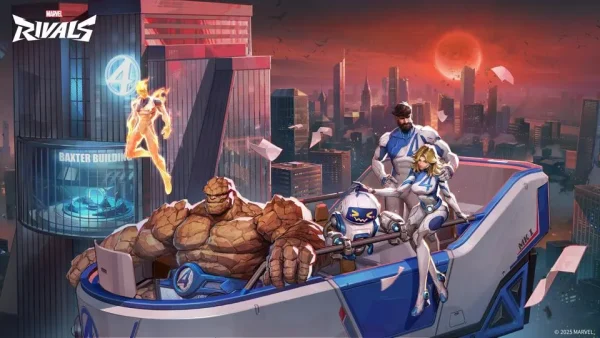
On the topic of characters, another one of Marvel Rivals’ successes is its mix of prominent and obscure heroes from all across Marvel. Characters like Iron Man, Spider-Man, and the Hulk are obviously present, as well as other characters who are more recent to the MCU, such as Moon Knight, but the game also includes characters like Jeff the Land Shark, Luna Snow, or Magik, who, new or old, are far less known by wider audiences. Despite this, many of them have quickly become staples for players of the game, especially Jeff the Land Shark, with his recent rise to prominence in online meme culture.
Marvel Rivals, despite all its strengths, isn’t free of issues, though there aren’t too many to talk about. The main criticism from many players is some balancing issues, though the developers have been addressing these with recent updates.
Marvel Rivals is still a live service game, and only time will tell if it can keep its momentum going. The game recently entered its first season, a month after release, with over 4 new characters coming in Season 1 alone, all from the Fantastic Four. So far, Rivals shows promise in many aspects; the monetization is much more fair than many of its contemporaries, with the skins being high quality, the currency being earnable in-game, and battle passes not expiring even after the season ends. The developers seem to be addressing many of the issues brought up by players, while still providing consistent content updates with maps and characters. As of now, Marvel Rivals is an 8/10, with room to improve on small aspects. Its grand achievement isn’t that it will change the industry forever, but that it’s just fun to play, not being super serious or competitive, making it accessible to everyone interested.


